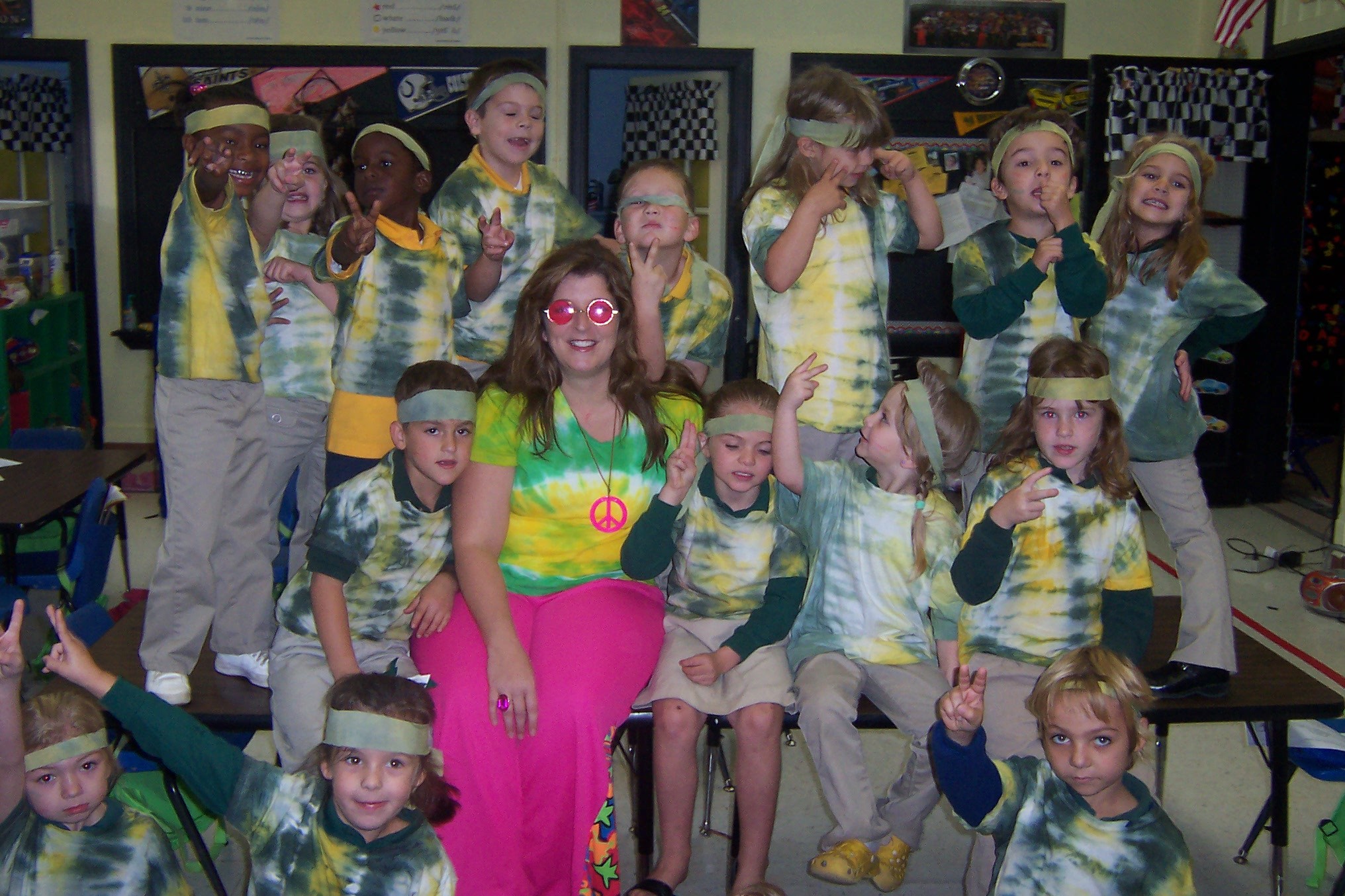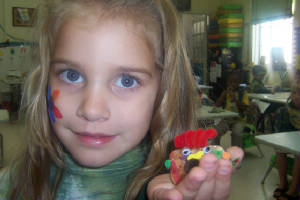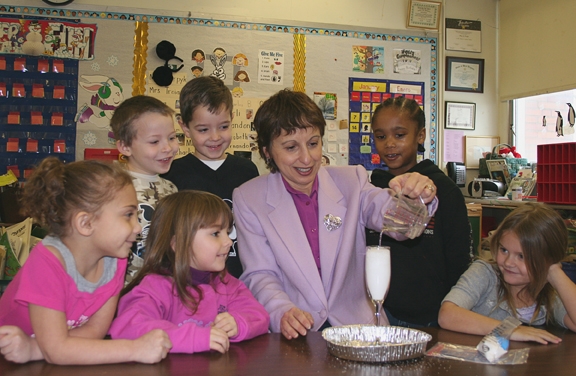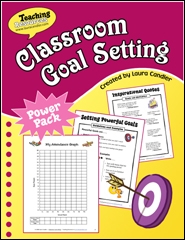 Who said classroom management has to be boring? The editors at
Education World offer 20 successful classroom management strategies to
get your year off to a great start and keep your classroom running
smoothly throughout the entire year. Included: 20 tips for taking attendance, motivating students, rewarding good behavior, and more!
Who said classroom management has to be boring? The editors at
Education World offer 20 successful classroom management strategies to
get your year off to a great start and keep your classroom running
smoothly throughout the entire year. Included: 20 tips for taking attendance, motivating students, rewarding good behavior, and more!
Every teacher knows that the right strategies can make the difference
between a calm classroom and a classroom in constant chaos. Teachers in
well-organized classrooms in which students know and follow clearly
defined rules and routines spend less time disciplining and more time
teaching. To help keep your classroom running like a well-oiled machine
in the coming year, we've collected some successful -- and often fun --
classroom management techniques from teachers across the country and
around the world.
START THE DAY THE RIGHT WAY
Words of welcome. Many teachers have found that the best way to
start each day is by greeting students at the door. A warm personal
welcome sets the tone for the day and gives the teacher a chance to
assess each student's mood and head off problems before they start. One
teacher reports that she offers her younger students a choice of three
greetings -- a handshake, a high five, or a hug. Their responses, she
says, tell her a lot about how each student is feeling that day.
A sea of calm. Kids who arrive at school wound up or upset often
calm down, experienced teachers say, if classical music is playing as
they enter the classroom. Some teachers also turn the lights down low
and project the morning's brainteaser or bell ringer activity onto the
chalkboard with an overhead projector. That spotlight in the dimly lit
room helps focus students' attention on the day ahead.
TIME'S A WASTIN'!
For most teachers, there are never enough hours in a day. Saving even a
few minutes of your time can make a big difference in what you
accomplish this year.
On the move. Increase flexibility in seat assignments -- and make
life easier for substitutes -- by creating a visual seating chart. Take
a digital photograph of each child in the class. Print the photos and
write the student's name at the bottom. Attach a Velcro dot to the back
of each photo and to a seating chart created on laminated poster board.
The Velcro allows seats to be changed as necessary, and substitutes love
being able to easily identify each student.
Make it up. When distributing work sheets, place copies in
folders for absent students. At the end of the day, simply label each
folder with the absent students' names, and missed work is ready for the
students' return.
Would you sign in, please? Avoid time-consuming attendance
routines by following the technique used by a Washington teacher. Write
each child's name on a strip of tag board, laminate it, and glue a
magnet to the back. Each day, post a question and possible answers on a
whiteboard. Students can "sign in" by placing their magnets in the
appropriate answer column. Questions might be personal, such as "Do you
own a pet?"; trivial, such as "What was the name of the Richie's mother
on
Happy Days?"; or curriculum related.
Make attendance count. If you prefer to take attendance
individually, make it meaningful. Instead of calling out students' names
and waiting for them to say "Here," ask each student a quick question
related to the previous day's work.
WHERE'S MY PENCIL?
The average teacher spends $400 a year of his or her own money on
classroom supplies. At that price, holding on to the supplies you have
can be a priority. But who has time to search every child's backpack for
borrowed pencils? These teacher-tested techniques can save your money
and your sanity.
Forget-me-nots. A South Dakota teacher uses floral tape to attach
large silk flowers to the tops of the pens and pencils she keeps for
student use -- turning the writing tools into hard-to-forget flowers.
The "flowers," kept in a vase on the teacher's desk, also serve to
brighten up the room.
Do you have a shoe to spare? If you find the flower pens
cumbersome, try the technique used by an Iowa teacher. She allows
students who forget their pens or pencils to borrow one -- if they give
her one of their shoes. Students only get the shoe back when they return
the pencil. No half-shod student ever forgets to return that borrowed
pencil!
Neither a borrower nor a lender be. This tip comes from one of
Education World's regular contributors. It developed, says Brenda Dyck,
because she grew tired of dealing with students who came to class
without pencils, texts, or homework. In Dyck's classroom, each student
starts the term with 100 points toward a "Preparedness Grade." If they
come to class with a pen or pencil, textbook, and completed homework,
they get to keep the 100 points. Every time they show up without any one
of those things, however, one point is subtracted from their grade. The
students' report cards include a category called "preparedness," which
counts toward their final grade. "For some reason, keeping their 100
points is quite motivational for my middle school students," Dyck says.
"Unprepared students have become almost nonexistent in my classes. I've
been amazed!"
MOTIVATION
Discipline problems, experienced teachers say, can be greatly reduced if
students are properly motivated -- to come to school, to arrive on
time, and to work diligently while they're there. Some simple techniques
can make doing the right thing even more fun than misbehaving.
Round 'em up. First you have to get them there. Discourage
absenteeism by randomly choosing one student's desk or chair each day
and placing a sticker beneath it. The student who arrives to find the
sticker under his or her seat gets to choose a small prize. If the
student is absent, of course, the prize is forfeited. (And the other
students are always happy to pass along
that news!)
Don't be late. A teacher in California discourages tardiness by
inviting students who are not in their seats when the bell rings to go
to the front of the room and sing a song. "Sometimes we have a duet, a
trio, and even a choir," she says. "It puts a smile on everyone's face
and starts the class in an upbeat way. And no one has been more than 30
seconds late since I started using this technique!"
Can you spell homework? A simple group motivation technique can
be helpful in encouraging students to complete their homework. Every day
all students in the class complete their homework assignments, write
one letter of the word
homework on the chalkboard. When the word is completed, treat the entire class to a special reward.
Not a minute to waste. Do you find yourself losing precious
minutes as you attempt to change activities, line up for specials, or
return from recess? Tell students that they are going to be rewarded for
the time they
don't waste during the day. Explain that you will
give them 3 minutes a day of wasted time. They can use up that time each
day or save it up and use it for something special. Agree on something
students could do with the "wasted" time and decide how much time they
will need to save for that special event. Tell students that as soon as
they've saved the required amount of time, they will be able to hold
their special event. Each day, give students three minutes. When they
waste time during the day, start a stopwatch, time the amount of time
wasted, and subtract it from the three minutes. You'll be surprised at
how quickly your students learn the value of a minute!
The door swings out. Sometimes it seems as though you have a
swinging classroom door -- leading straight to the restroom. How do you
determine if those restroom requests are legitimate or just an excuse to
leave the room? Stop guessing! You can discourage middle and high
school students from asking to leave the room unnecessarily by providing
an unwieldy or embarrassing hall pass. Some suggestions: an old wooden
toilet seat or a huge stuffed animal.





 Who said classroom management has to be boring? The editors at
Education World offer 20 successful classroom management strategies to
get your year off to a great start and keep your classroom running
smoothly throughout the entire year.
Who said classroom management has to be boring? The editors at
Education World offer 20 successful classroom management strategies to
get your year off to a great start and keep your classroom running
smoothly throughout the entire year.  Hallway conferences. Pasta discipline. Buddy rooms. Bell work. Those
and six other ideas for taming temper tantrums -- and other classroom
disruptions -- are the focus of this Education World story!
Hallway conferences. Pasta discipline. Buddy rooms. Bell work. Those
and six other ideas for taming temper tantrums -- and other classroom
disruptions -- are the focus of this Education World story!  Often it's the non-academic curriculum that's most helpful in preparing
students for life. Reading and math are important, but organizational
skills, social skills, and a knack for finding information on the
Internet can lead to big payoffs as well. One area we often overlook,
however, is teaching our students how to set goals and create action
plans for themselves. Many of us never were taught how to set goals for
ourselves, and we only discovered the power of goal-setting later in
life. But with a little creativity, we can adapt the strategies used by
successful adults and share them with our students.
Often it's the non-academic curriculum that's most helpful in preparing
students for life. Reading and math are important, but organizational
skills, social skills, and a knack for finding information on the
Internet can lead to big payoffs as well. One area we often overlook,
however, is teaching our students how to set goals and create action
plans for themselves. Many of us never were taught how to set goals for
ourselves, and we only discovered the power of goal-setting later in
life. But with a little creativity, we can adapt the strategies used by
successful adults and share them with our students. While
educators agree that keeping suspended students in school is better
than having them home unsupervised, schools need more than a room and a
teacher for in-school suspension to change behavior. Structured programs
that address multiple issues can help students get back to class faster
and stay there.
While
educators agree that keeping suspended students in school is better
than having them home unsupervised, schools need more than a room and a
teacher for in-school suspension to change behavior. Structured programs
that address multiple issues can help students get back to class faster
and stay there. 
 Educator Max Fischer has found that successful teaching often hinges
on employing a wide variety of instructional methods to meet student
needs. In this Voice of Experience essay, Fischer reflects on how
getting parents involved in their students education also requires a
variety of approaches.
Educator Max Fischer has found that successful teaching often hinges
on employing a wide variety of instructional methods to meet student
needs. In this Voice of Experience essay, Fischer reflects on how
getting parents involved in their students education also requires a
variety of approaches.